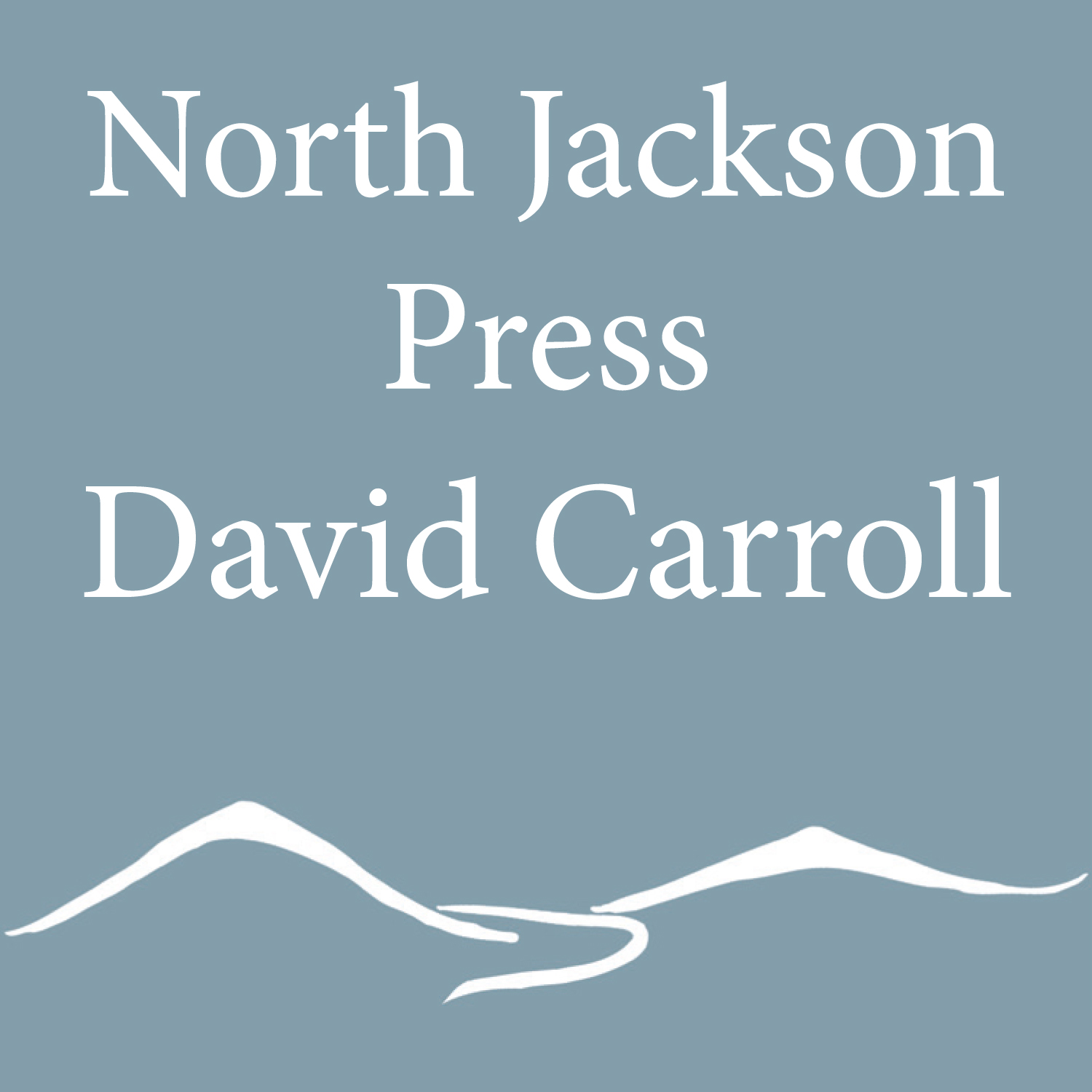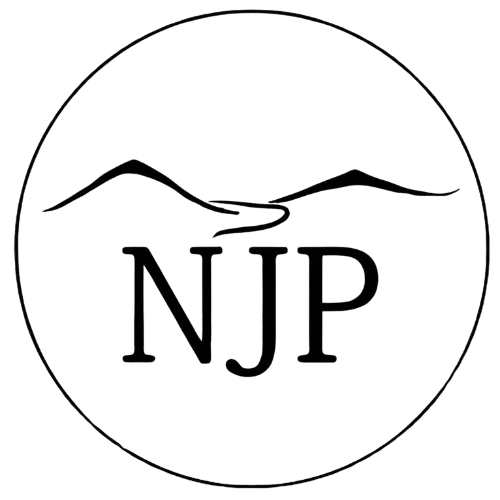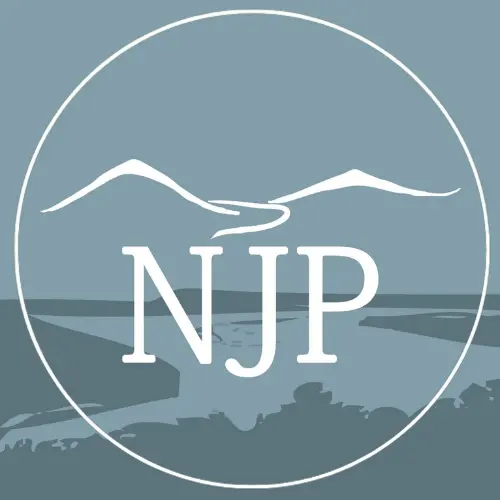“Is This For Real?”
In recent weeks, many TV shows and books have commemorated the upcoming 60th anniversary of the assassination of President John F. Kennedy by sharing the memories of those who witnessed or reported on the tragedy. Over the past several years, I interviewed some of my broadcast colleagues who were on the air when it happened.
On November 22, 1963, Chattanooga had three TV stations, each with only a handful of news reporters. There were about a dozen radio stations, mostly on the AM band, all live and local. In the twenty-two years since the attack on Pearl Harbor, there had been no “earth-shattering” moments that interrupted the flow of game shows and hit records. Then came that fateful Friday at 1:40 pm Eastern time.
WFLI, at 1070 on the AM dial, was “where the big hits roll,” according to the promos. Lesley Gore, Dion, and Roy Orbison were on Tommy Jett’s playlist that afternoon. “TJ the DJ” was looking for his next record when the white light started flashing, the one connected to the AP wire machine. The clackety-clack teletype printing went on day and night in the closet-sized room behind the disc jockey’s chair. Every hour or so, he would rip a few stories off the wire and condense them into a brief newscast. The white light would flash now and then, signaling a bulletin, but it was rarely enough to stop the music. A structure fire in Chicago or a new Prime Minister in Great Britain were big stories for sure, but not on a popular music station. On this Friday afternoon, Jett was distracted enough by the flashing light to check the wire machine.
About that time, the “hotline” rang. That phone number was known only to WFLI’s management. Chief Engineer Joe Poteet was the caller. He had heard the first reports from Dallas. “The president’s been shot,” he told Jett. “I turned white as a sheet,” Jett said. “I was 23 years old, and I didn’t know what to do. We didn’t have a national radio network; we were all local. I tried to keep going, and I was reading the wire copy the best I could, but I wasn’t doing very well..” Another engineer who doubled as a deejay, Ed Aslinger, took over at the microphone and calmly kept listeners informed. “Thank God for Ed,” Jett said. “I was too torn up; I was just shocked.”
Aslinger remembers: “I was off that day. My wife was watching “As The World Turns.” As soon as Walter Cronkite broke in to deliver the news, I drove to the radio station. Tommy and the office staff were in a panic. I went to the control room and started pulling AP wire copy. (Station manager) Johnny Eagle asked me to read the news, which I did for six hours or more. It was like a nightmare.” As the long day continued, WFLI put aside the rock ‘n roll, switching to religious music as the city mourned.
At WRCB Channel 3’s TV studio, a local program called “Bulletin” was on the air. Host Roy Morris and three panel members were discussing local topics. In the control room, director Wayne Abercrombie heard five bells ringing on the AP machine. It wasn’t unusual to hear one or two bells, but five? That never happened. He made the short walk to the newsroom and couldn’t believe his eyes. “I had to look twice,” he said. “I walked into the studio while they were talking on the air, and I handed the copy to Roy. He looked at it, then looked at me and said, ‘Is this for real?’ I shook my head and said yes. That’s how we broke the news.”
By 2:00 pm, NBC took over the airwaves with nonstop coverage that would span four days. There would be no local programs on Channel 3 or other TV stations until after the President was buried on Monday, November 25.
Many decades after the day he was unable to finish his radio show, Tommy Jett summed up his feelings by telling me, “I remember thinking, this can’t be real; it has to be a mistake. And to this day, I wish it was.”
(David Carroll is a Chattanooga news anchor, and his new book “I Won’t Be Your Escape Goat” is available on his website, ChattanoogaRadioTV.com. You may contact him at 900 Whitehall Road, Chattanooga, TN 37405, or at [email protected])



